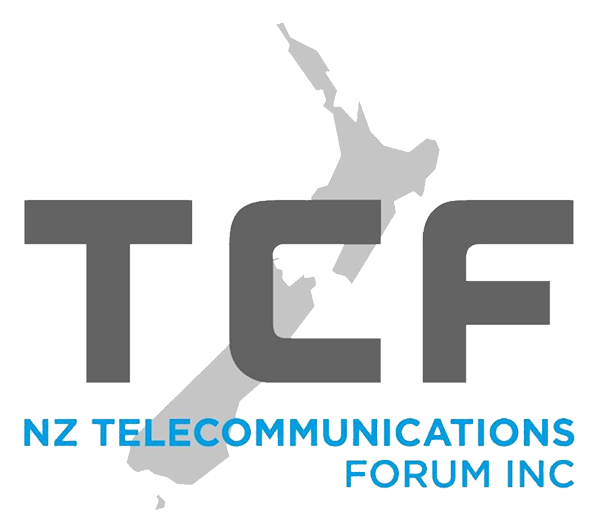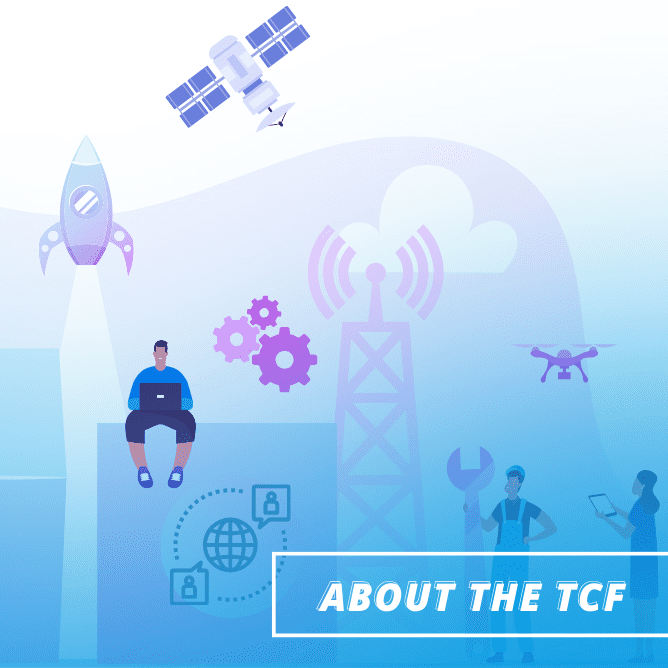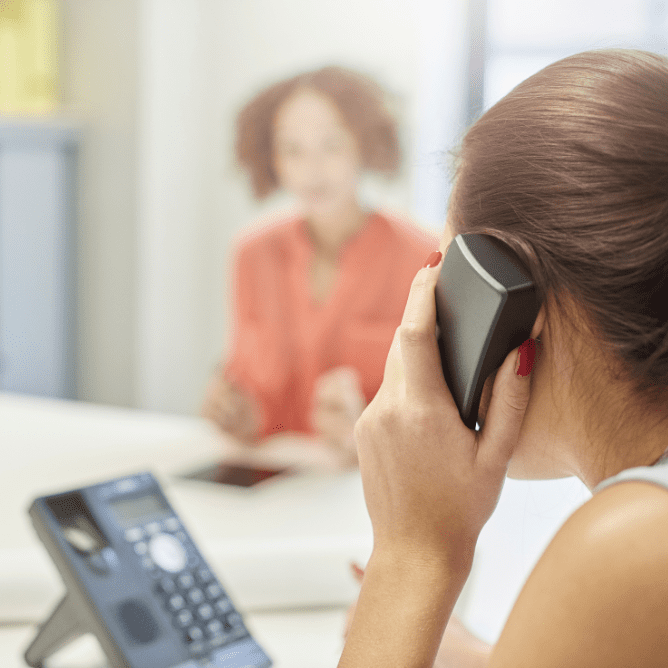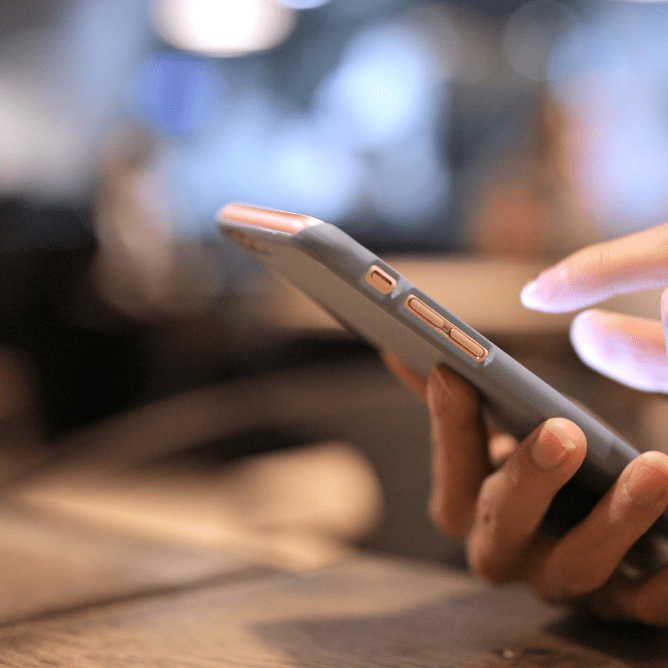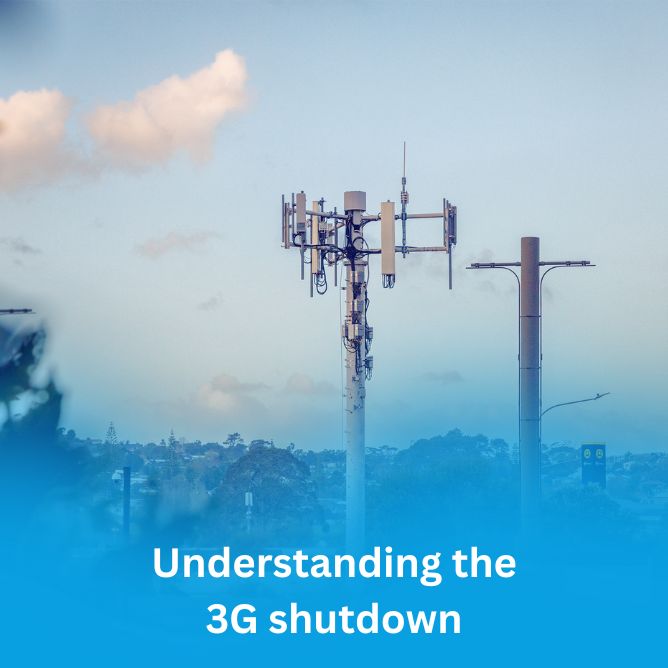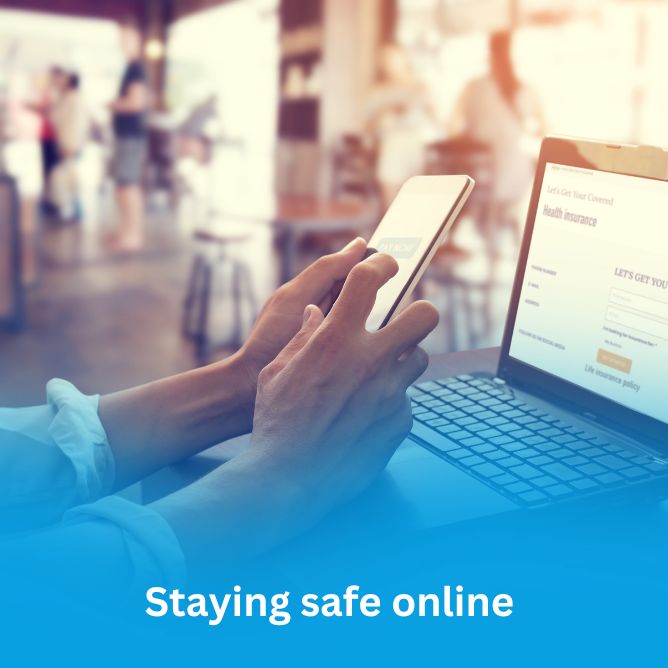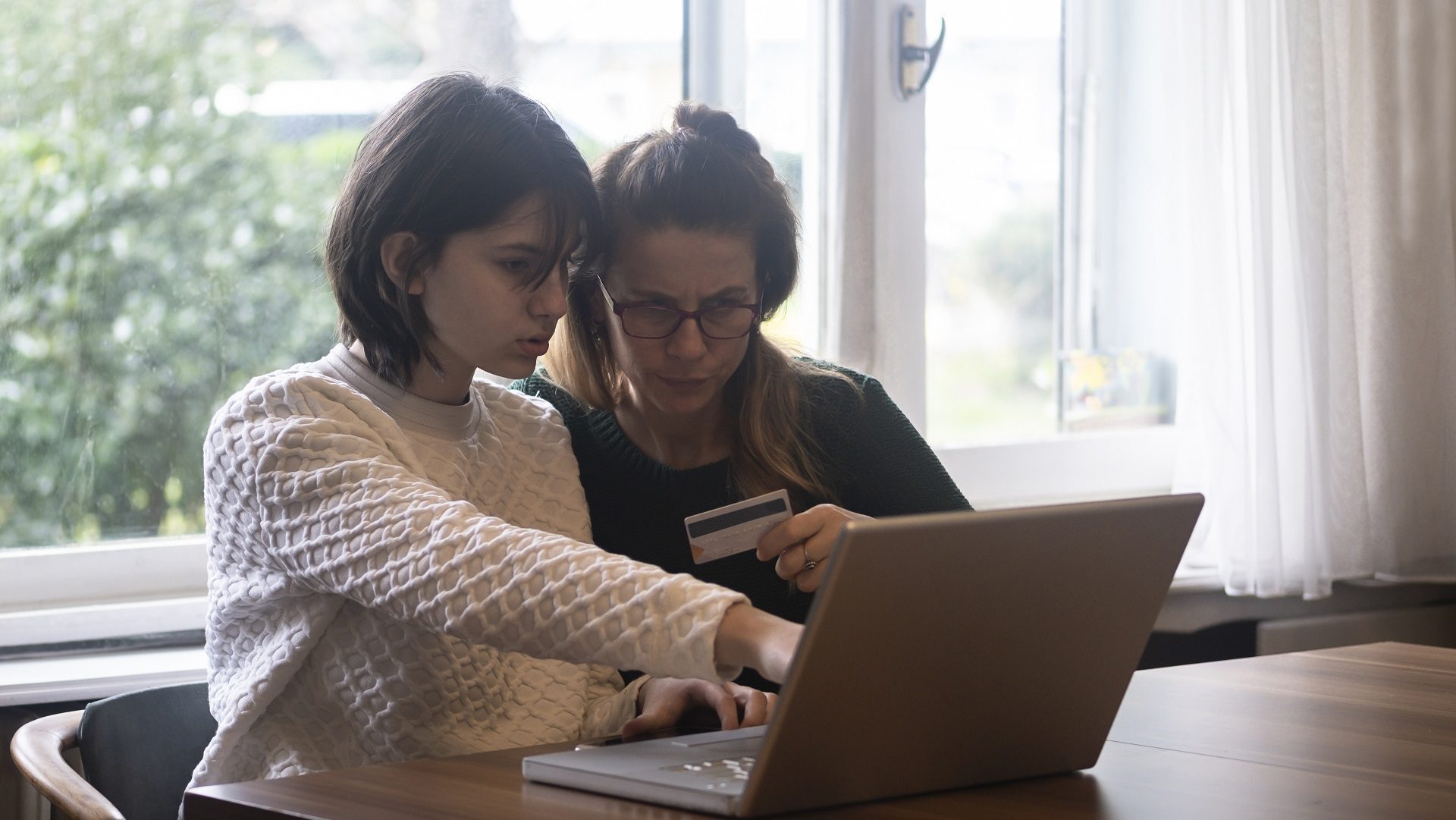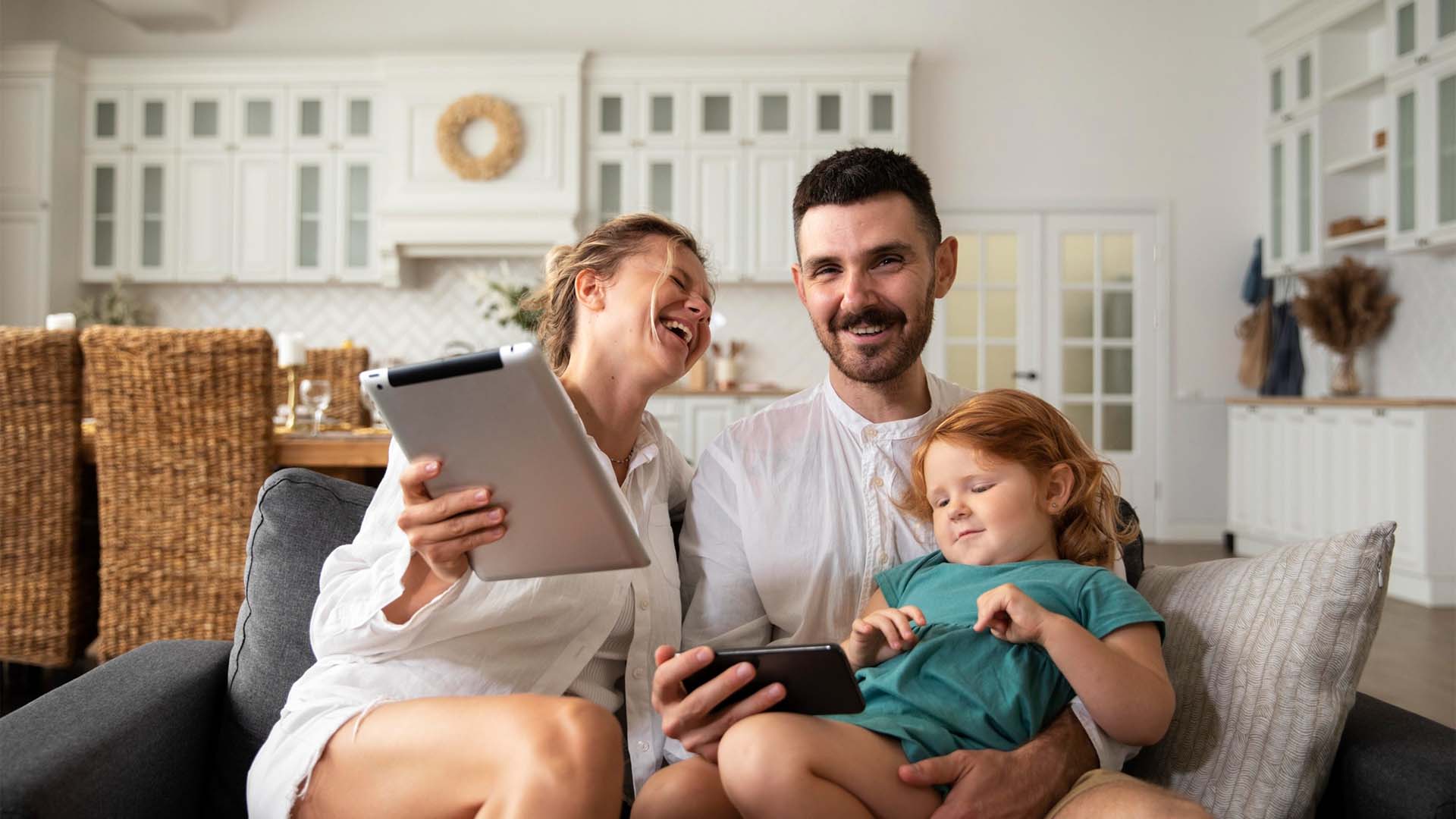Digital living
Home » Digital living
Online safety
Learn about the most popular types of scams, how to avoid scams and other useful information to stay safe online.
Other popular topics in digital living
Explore our comprehensive resources to navigate the digital landscape safely and effectively while making the most of the digital world in a secure manner. Find online safety information and tips, advice on changing mobile service providers, information about the end of copper telephone lines and know your rights if you have a dispute with your provider.
Consumer info hub
Find useful information about moving house, installing fibre and what to do if you have a service complaint.
Changing service providers
What you should know when changing services & providers for your broadband, mobile or landline.
Sustainable futures
We all have a role to play in a sustainable Aotearoa. Find out how the telecommunications sector is playing it’s part.
Copper withdrawal
The way your landline & broadband services connect is changing. Find out more about network upgrades currently underway.
Related Topics
Stay up-to-date
